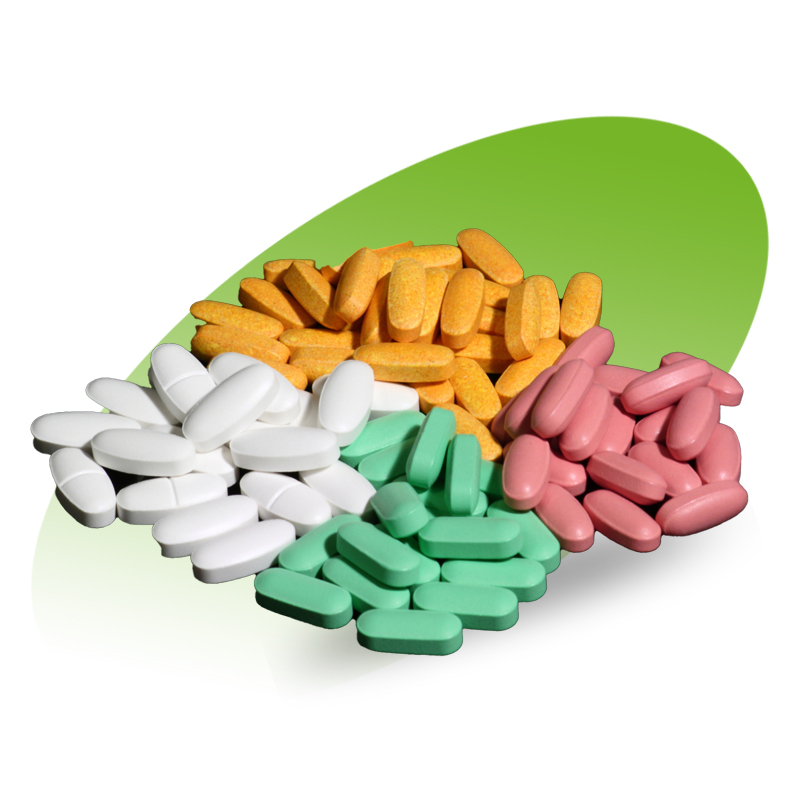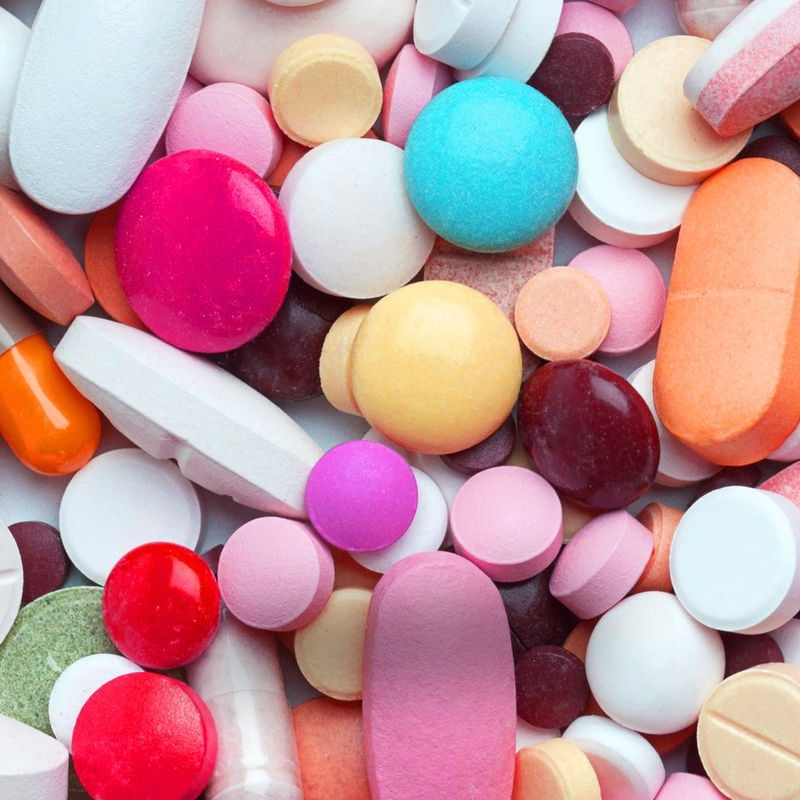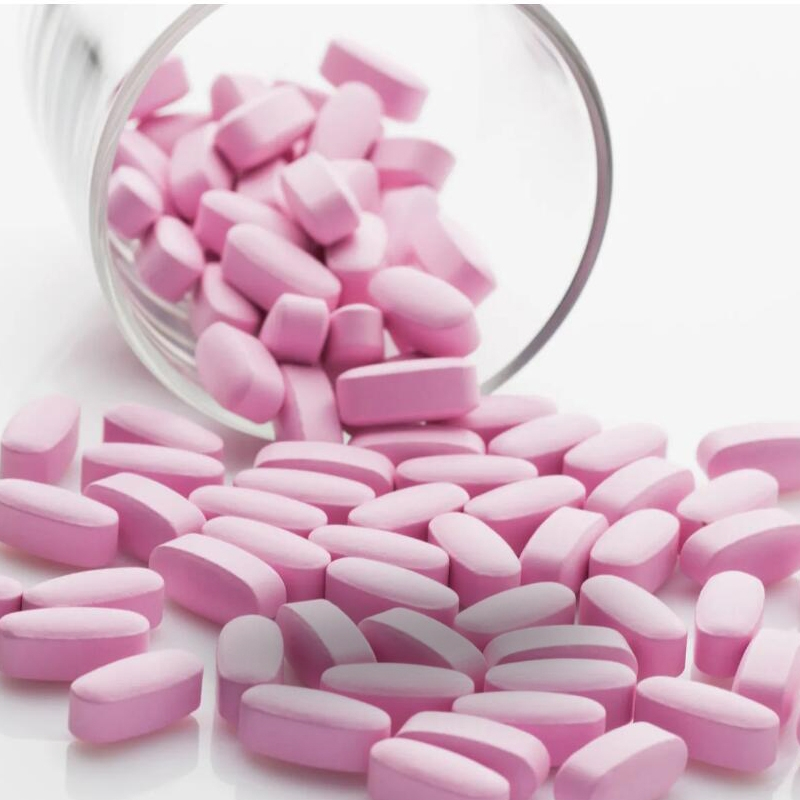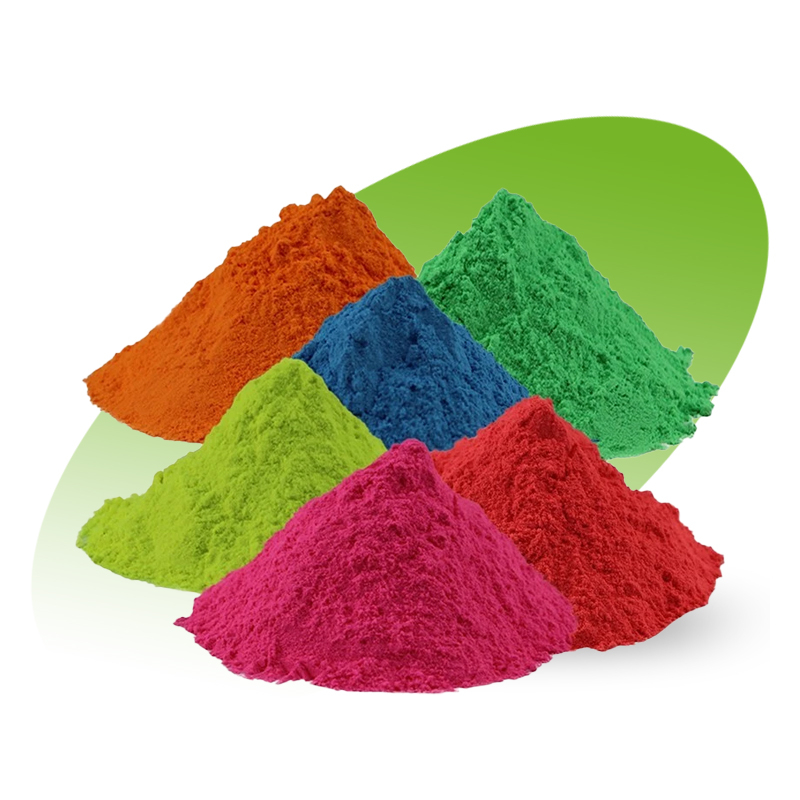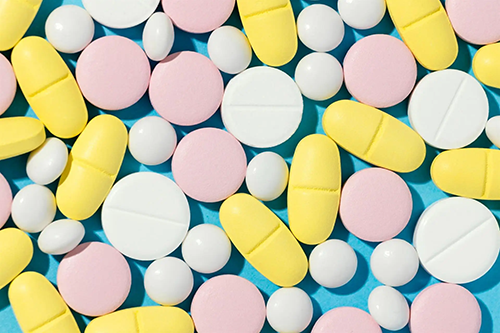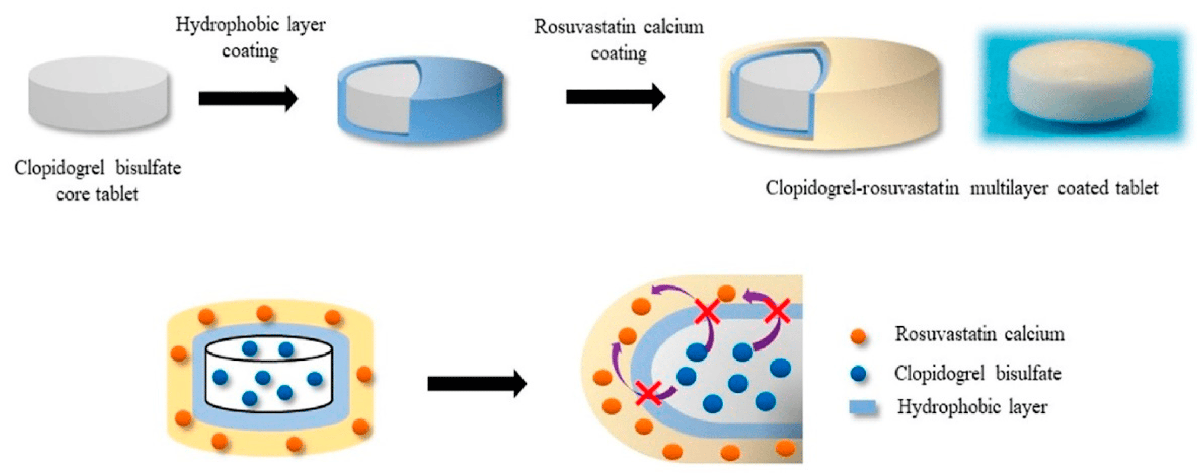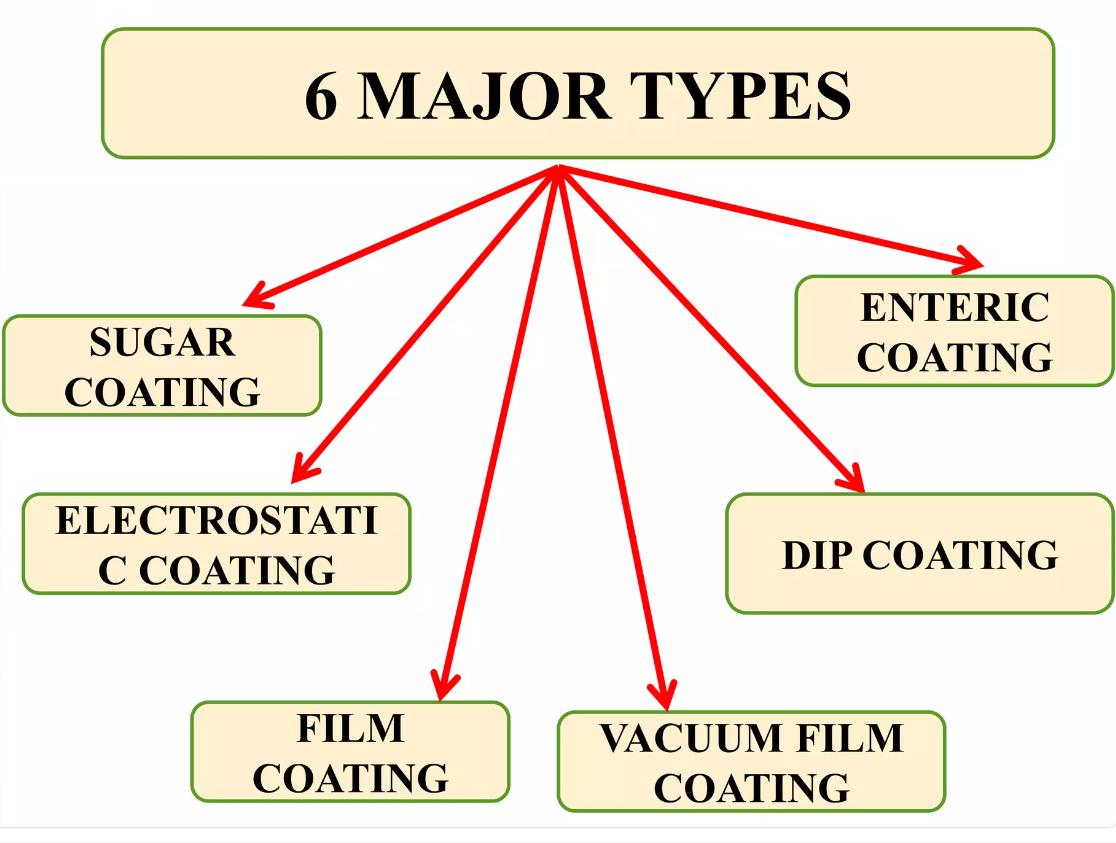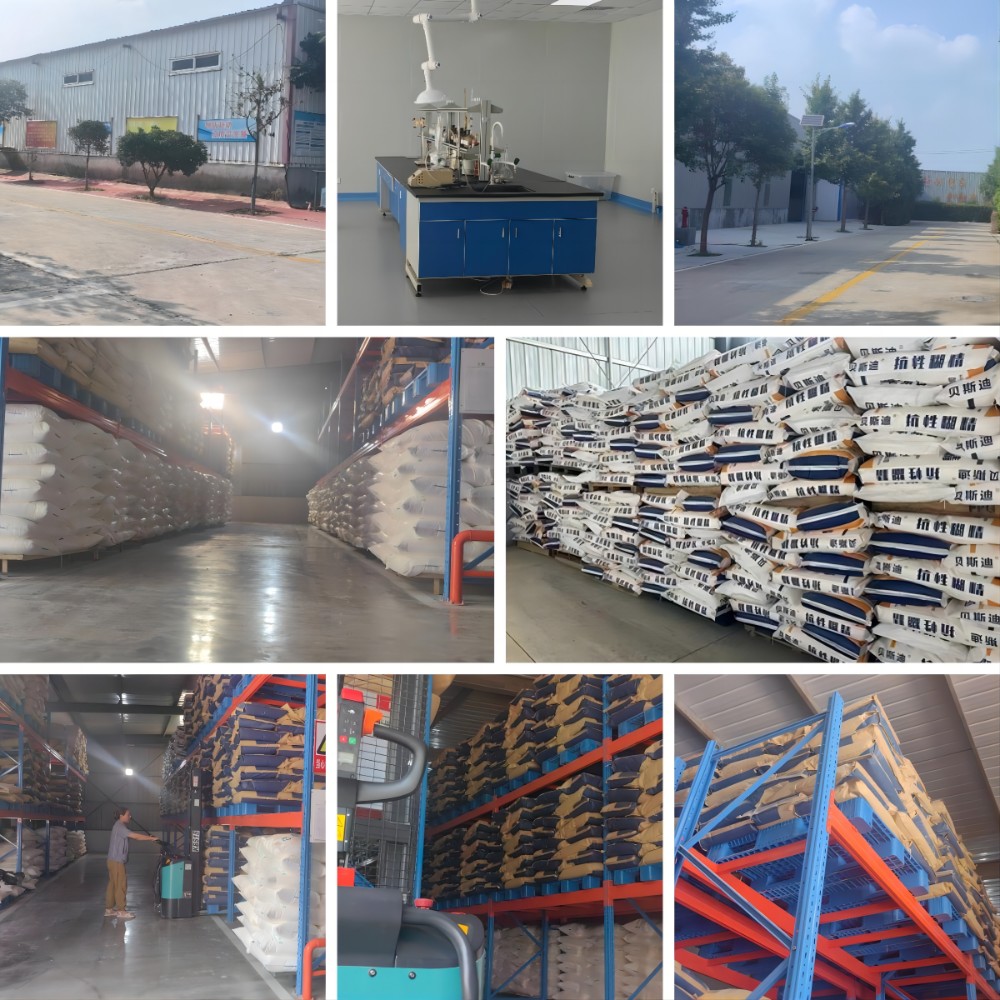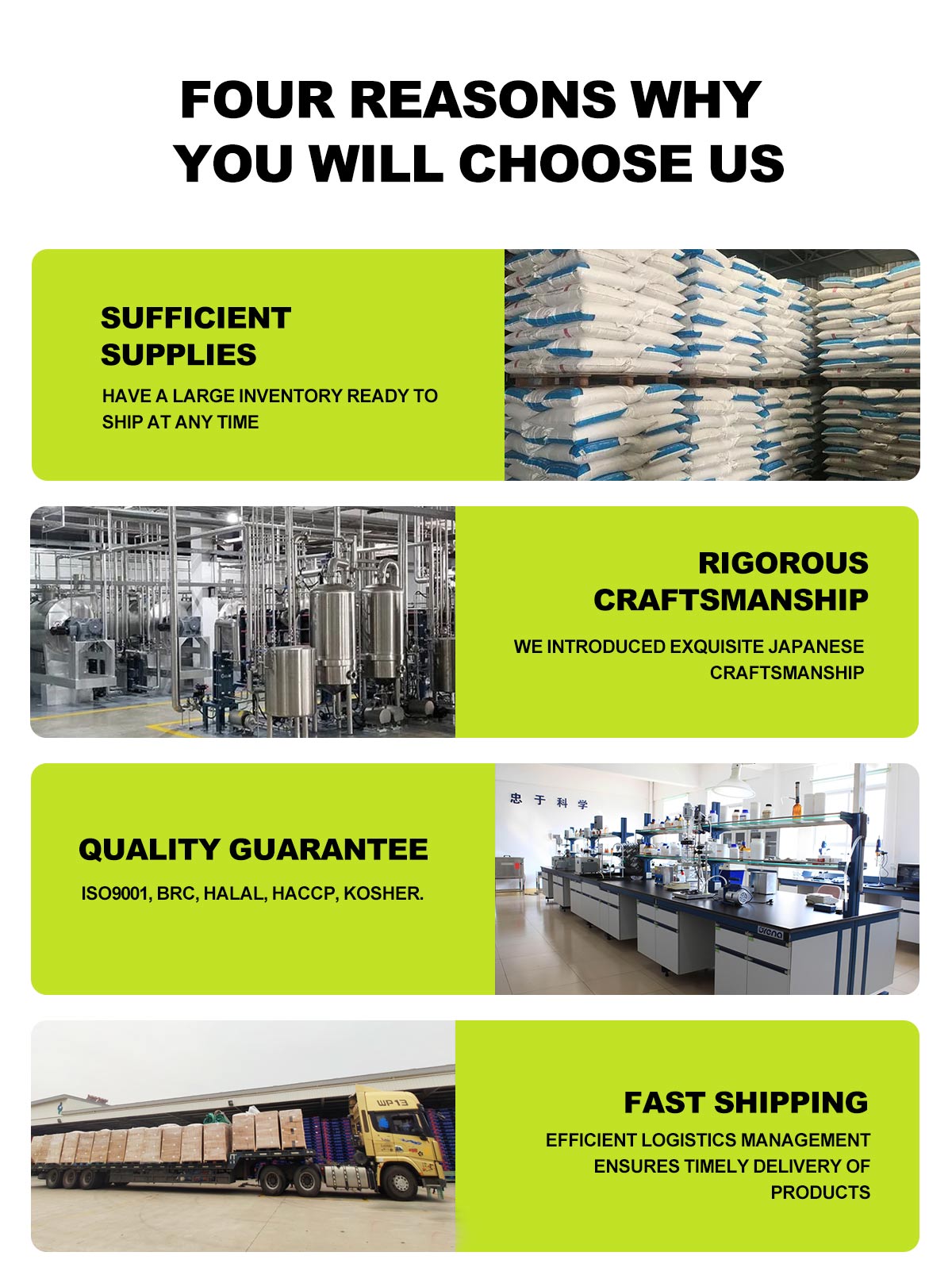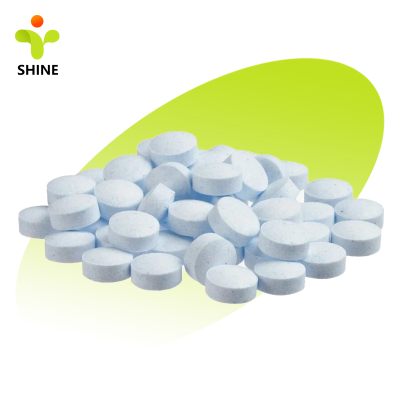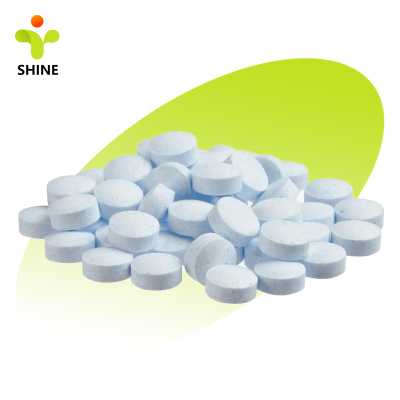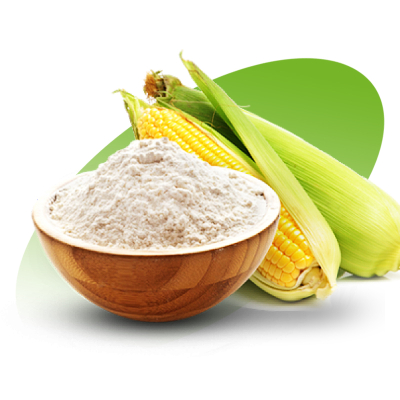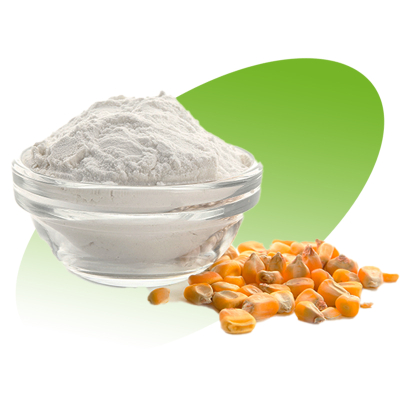Composite Coating Agent
1. Enhance permeability, mask unpleasant taste, odour and colour of the API.
2. Increase the stability.
3. Increase the mechanical integrity.
4. Enhance the elegance.
5. Modify the drug release profile.
6. Avoid the side effects.
7. Reduces friction and increases packaging rate.
Composite coating agent
It is the application of a coating composition to a moving bed of tablets with the concurrent use of heated air to facilitate evaporation of the solvent.
The distribution of the coating is accomplished by the movement of tablets either perpendicular or vertical to the application of the coating composition.
Product introduction
Tablet film coating is a common but critical process providing various functionalities to tablets, thereby meeting diverse clinical needs and increasing the value of oral solid dosage forms. Tablet film coating usually include Sugar coating, Film coating, Enteric coating, Press coating, Specialized coatings (Compressed coating, Electrostatic coating, Dip coating, Vacuum film coating).
Types of tablet coating
1. Sugar coating
It is a multi-step process.
➢ In suitable sugar–coating equipment, the tablet cores are successively treated with aqueous sucrose solutions.
➢ Water evaporates from the syrup leaving thick film.
➢ Sugar coats are often shiny and highly coloured.
2. Film coating
It involves spraying a solution of polymer along with the plasticizer and pigments on a rotated, mixed tablet bed forms a thin uniform film on the tablet surface.
In the wet state, the polymer is present as a no. of discrete particles, and these have to come together in close contact, deform, coalesce and ultimately fuse together to form a discrete film. During processing, the substrate surface will be wetted with the diluted dispersion. Under the prevailing processing conditions, water will be lost as water vapour and the polymer particles will increase in proximity to each other, a process which is greatly assisted by the capillary action of the film of water surrounding the particles. Complete coalescence occurs when the adjacent particles are able to mutually diffuse into one another.
3. Enteric coating
The technique involved in enteric coating is protection of the tablet core from disintegration in the acidic environment of the stomach by employing pH sensitive polymer, which swell or solubilize in response to an increase in pH to release the drug.
4. Press coating
It involves the compaction of granular materials around preformed tablet core using specially designed tablet equipment. Compression coating is a dry process.
It is mainly used to separate chemically incompatible materials.
Pharmaceutical Application of Film Coating
1. To mask the taste, odour, or colour of the drug.
2. To provide physical and chemical protection for the drug.
3. To control the release of the drug from the tablet.
4. To protect the drug from the gastric environment of the stomach with an acid-resistant enteric coating.
5. To incorporate another drug or formula adjutant in the coating to avoid chemical incompatibilities or to provide sequential drug release.
6. To improve the pharmaceutical elegance by use of special colors and contrasting printing.
Workshops
Introducing advanced Japanese technology, our production equipment and processes feature fully automated central control operations. From raw material feeding to final products, automated controls are implemented to ensure consistent product quality.
After-sales service
Our engineers offer round-the-clock online support, available 24/7, to resolve any technical issues related to tablet coating promptly. With robust research and development capabilities, we also ensure efficient ODM production.

